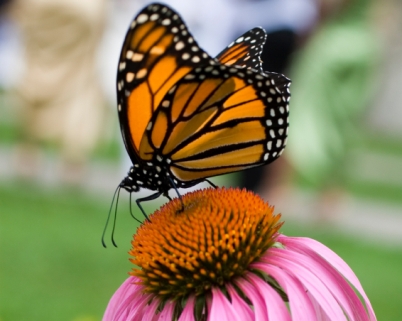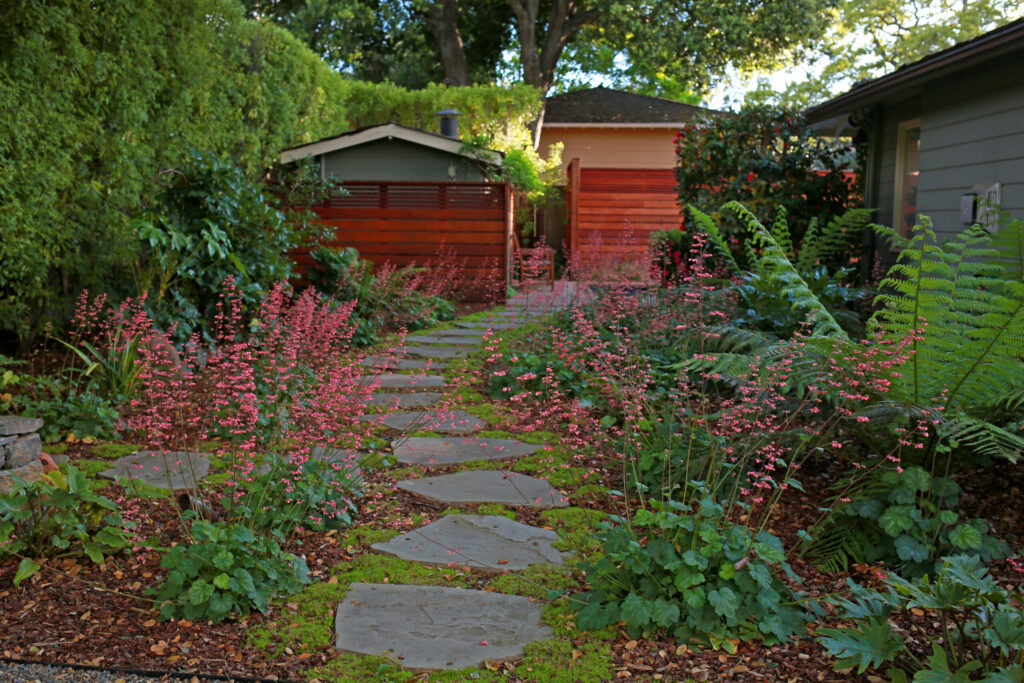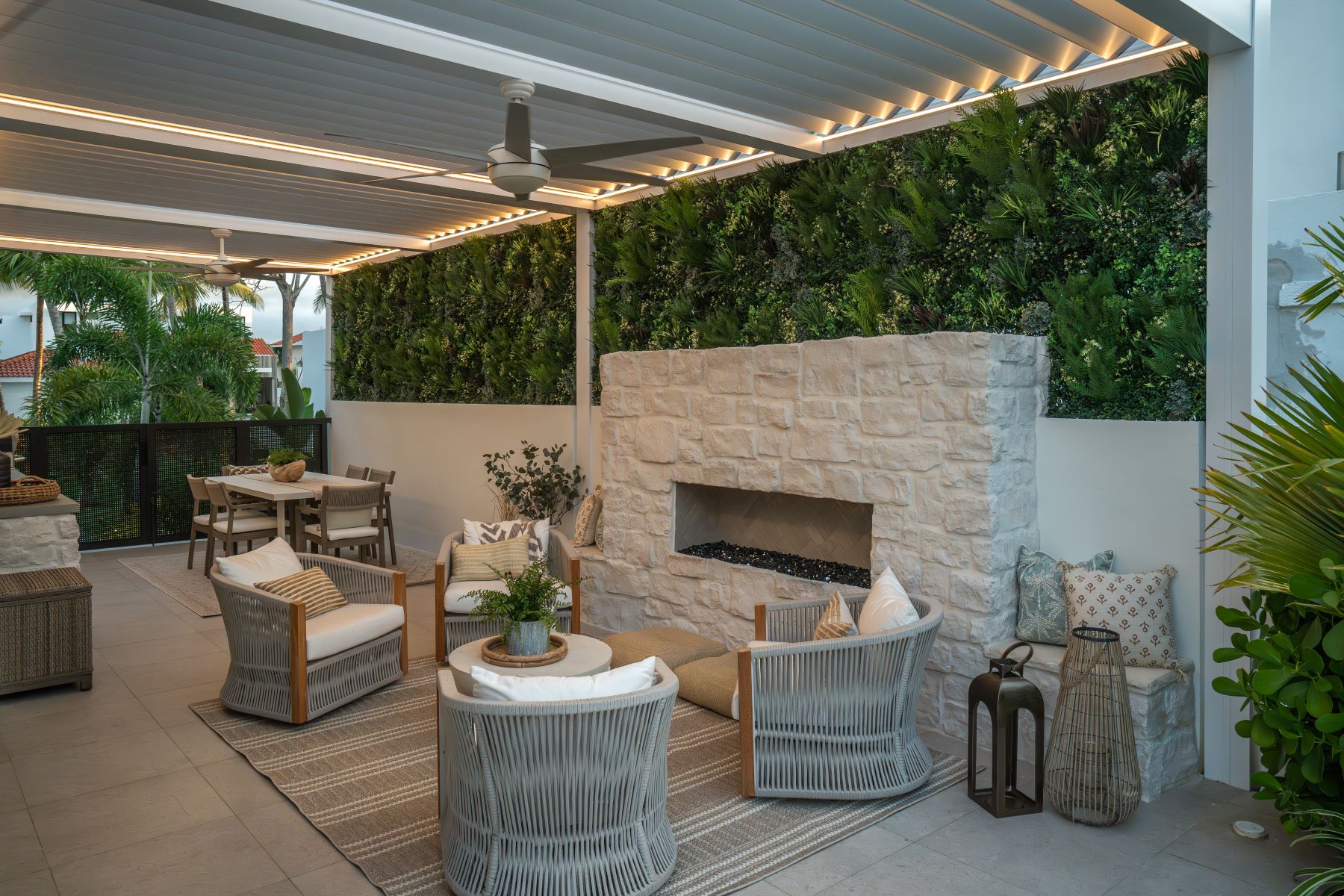Drum roll please because I’m about to give you the #1 gardening secret. The key technology to healthy soil is to help your soil act like a sponge. A sponge holds onto water when it’s dry and releases it when it’s too wet. Living, healthy soil mimics a sponge by storing water in the root zone of the plants. Healthy soil contains:
- Oxygen
- Water
- Life- one teaspoon of soil has more diversity of microbes than above ground. Billions of living creatures! They process the nutrients for the plants. Living soil is not dirt because it has none of the above.
We can help plants do their best photosynthesis by adding compost (cats out of the bag)! Why? Plants are in control of who’s at their soil party. They send out” invitation” through their roots via carbon signals to the microbes to help them grow. Bacteria are the first to arrive and they start eating things up but they can’t eliminate or move very well. Protozoa arrive and they have flagella to swim and eat up the bacteria. Nematodes show up and they eat the bacteria and protozoa but they still want more. Weeds grow and die quickly to help add organic matter…so why wait for weeds to do their job when we can do ours and avoid them altogether.
- Just add compost or worm casting immediately to any landscaping project.
- Soil needs to breath. If you walk on the soil, have heavy machines driving over it or if the soil has been covered with lawn, you need to make the soil loose again. Remove compaction before you plant by aerating with rototilling as gently as possible. But what if I want to keep some lawn? A good organic lawn care maintenance requires yearly aeration and dethatching. Afterwards don’t forget to add compost or worm casting.
- Mulch is the top dressing to the plant. It is going to decompose slowly and feed the soil microbes. You will re-mulch the landscape at least once a year with wood chips like fir bark.
- Brew or buy your own compost tea.









Leave A Comment